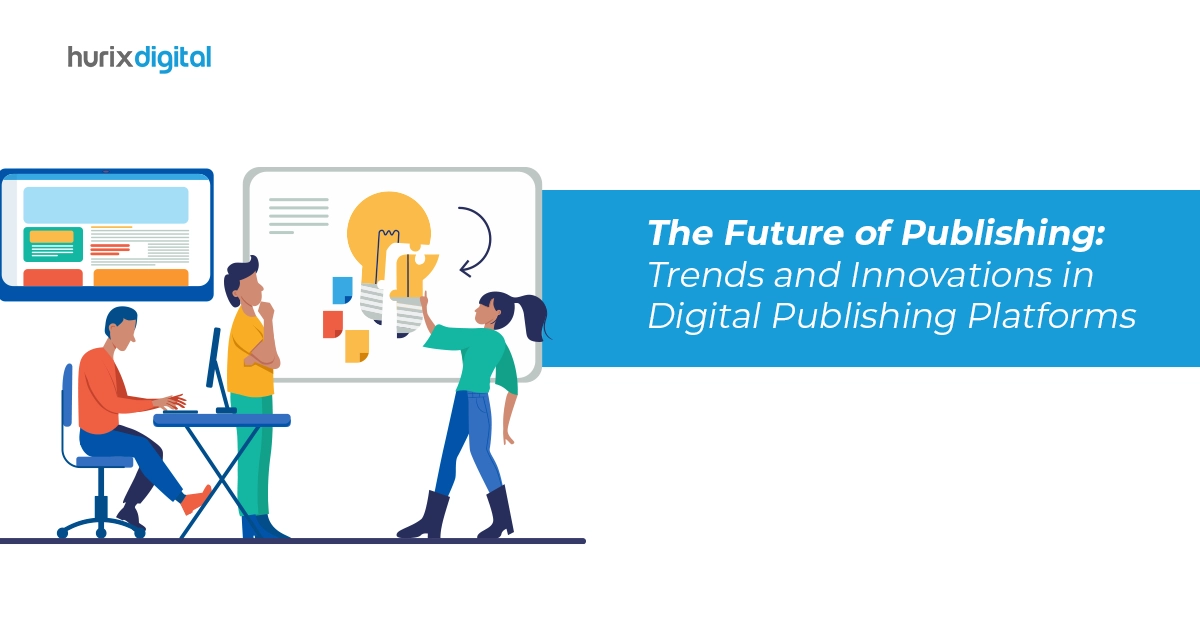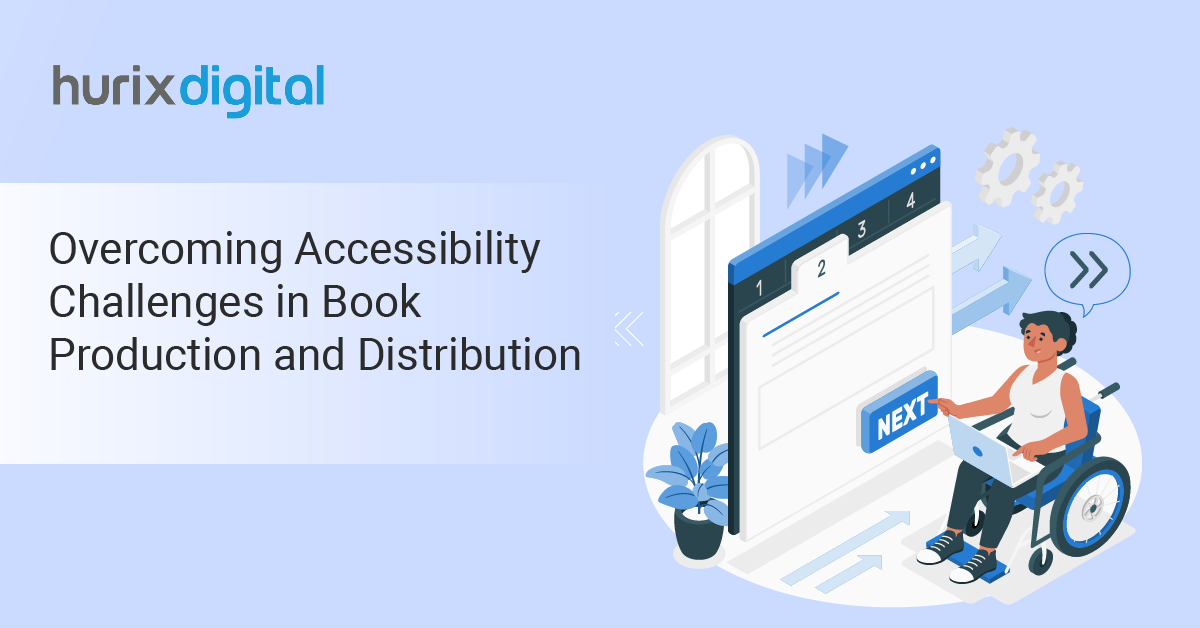
Top 5 Questions When Choosing Digital Publishing Tools
Do you have an eBook and are looking for the best digital publishing tools to distribute it to a wider audience? You’re at the right place.
Digital publishing is exactly what it sounds like. It is the process of publishing/distributing online resources like eBooks, journals, blogs, and ads through electronic devices like desktops, smartphones, readers, and tablets.
There are several digital publishing tools to choose from. Each tool is different from the others, which makes the selection process hard. The easiest way to select the right digital publishing tools is by asking the right questions and gathering information before you make the decision.
So, here are the top 5 questions to seek answers to before you choose your digital publishing tool.
Table of Contents:
1. Are These Tools Easy to Use?
2. How Much Does it Cost?
3. Can I Measure My Content’s Performance Through Integrated Analysis?
4. Will it Let Me Target Specific Audiences?
5. Can I Distribute My Content Across Multiple Channels?
1. Are These Tools Easy to Use?
Choosing digital publishing tools is a long-term investment. You’re not going to sign up, publish an eBook, and sign off forever, are you?
No, you are going to use these tools regularly. So, the first thing you need to do is check for the user-friendliness aspect.
The tool must have a simple, easy-to-use interface with straightforward navigation without too many redirects and popups. You will be looking at the backend of the digital publishing platform you choose for hours every day. An intuitively responsive design will save your time and minimize the waste of resources.
Most eBook creators are not coding-savvy. Choosing a tool that requires programming knowledge will be redundant if you don’t have the skills to use it. Thus, right from creating your eBook to distributing it, your ideal end-to-end digital publishing tools must be easy to use, even for non-tech users.
In addition, ensure you select a tool that lets you create an eBook in EPUB format so it can be shared easily across multiple devices. The EPUB format enables you to edit your eBook in the future, even after publishing.
Also read, What are Epublishing Solutions and How Can They Help You?
2. How Much Does it Cost?
Pricing is another essential factor to consider while looking for digital publishing tools.
The features are proportional to pricing, so look for a tool that offers the best bang for the buck. Some tools provide features that are obsolete for 2022 at high pricing.
Another important fact to remember is that high pricing doesn’t mean the tool is better. Seek expert counsel, ask for a demo session, consult your friends, and check reviews from g2 and other rating agencies before you choose a tool.
Low-priced tools might look like a great idea for now. But what happens when your customer base grows? These cheap tools will not have the features that can cater to your growing needs. Further, digital publishing tools are here to stay, so select a tool that can future-proof your business.
Many tools offer a free version with limited features. You can try them, check their interface and future-proofing capabilities, and if you’re satisfied, you can purchase the premium version.
3. Can I Measure My Content’s Performance Through Integrated Analysis?
When you’re an eBook or online resource creator, your work isn’t done once your content is published. You have to keep track of the performance and metrics.
Why?
Knowing how your content performed will help you gauge what went well and what didn’t. It’ll show you whether you need to take advantage of your existing strategy or if you need to come up with a new one. Without performance and metrics analysis, you cannot perform necessary changes that can grow your customer base.
So, look for digital publishing tools with a built-in dashboard that displays real-time content insights, traffic metrics, bounce rates, dwell time, customer engagement details, and click-through rates.
With detailed metrics, you can check exactly how many readers completed your eBook and how many bounced off in the middle. These insights will help you make changes to your eBook to make it more engaging.
Thus, your ideal digital publishing tools must have a built-in performance tracker and integrate with external analysis tools like Google Analytics, Hotjar, etc., so you can get a 360-degree view of what is happening with your publications.
4. Will it Let Me Target Specific Audiences?
Targeting a specific audience must not start at the publishing process; you should consider targeting even before creating your content.
Yes, digital publishing tools are not only for publishing and distributing your content. Nowadays, you can create your eBooks using them, and some tools let you even build your reader and customize it to suit your audience.
For example, if you’re a teacher creating an eBook for school, it must contain interactive elements like images, videos, quizzes, etc., to make it more engaging. So, you must choose a tool that lets you add interactivities to your eBook based on your target audience.
Many tools let you target a specific audience. Look for a tool with its own eBook store and standalone apps so your eBook can easily find its right audience. The tool must be able to leverage third-party cookies or first-party data to display your eBook only to a specific audience, excluding others.
5. Can I Distribute My Content Across Multiple Channels?
Creators are not just using channels like social media; they might also want their eBooks to be distributed across multiple devices and operating systems.
For that, you need a sophisticated eBook builder and publishing tool that lets you create an eBook in EPUB format and easily distribute it across various devices and operating systems like Windows, Mac, iOS, and Android.
You must look for a tool with a built-in reader, standalone apps for multiple devices, and a DRM-protected distribution system that ensures eBook security when distributed across various channels.
Read more: The Future of Publishing: How AI is Revolutionizing InDesign Workflows?
Conclusion
Digital publishing tools are a long-term investment. Switching between platforms often will lead to poor user experience and loss of your customer base. Ask the right questions like the ones listed in this article and select a tool that answers them to your satisfaction.
Hold on – we’ll make it easy for you. Kitaboo is one such tool that might have all the answers to your questions. It has an easy-to-use interface with built-in analytics, omnichannel distribution, and audience targeting features.
Being the ultimate digital publishing tool, Kitaboo lets you create an eBook from scratch, add interactiveness to it, and enables you to distribute it to your target audience with DRM protection and encryption. It also comes with its own reader and standalone apps for multiple devices, ensuring that your eBook will reach your specific audience irrespective of the devices and operating systems.
Book a demo to learn more about Kitaboo and its interface.

Vice President – Digital Content Transformation. He is PMP, CSM, and CPACC certified and has 20+ years of experience in Project Management, Delivery Management, and managing the Offshore Development Centre (ODC).







